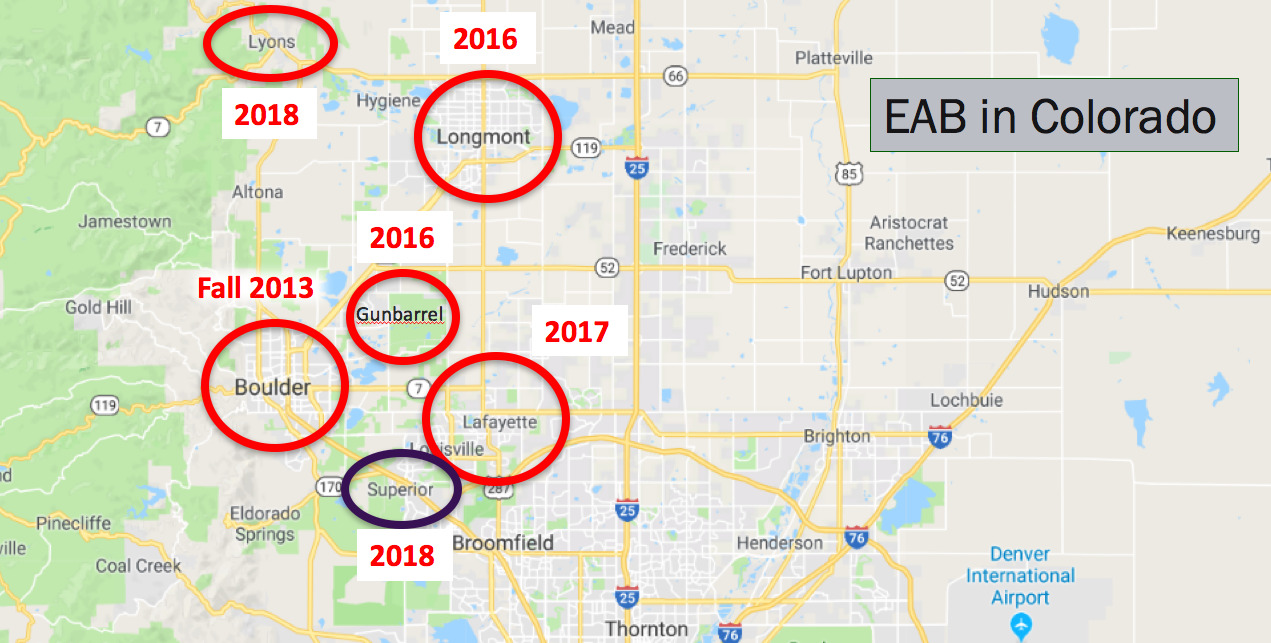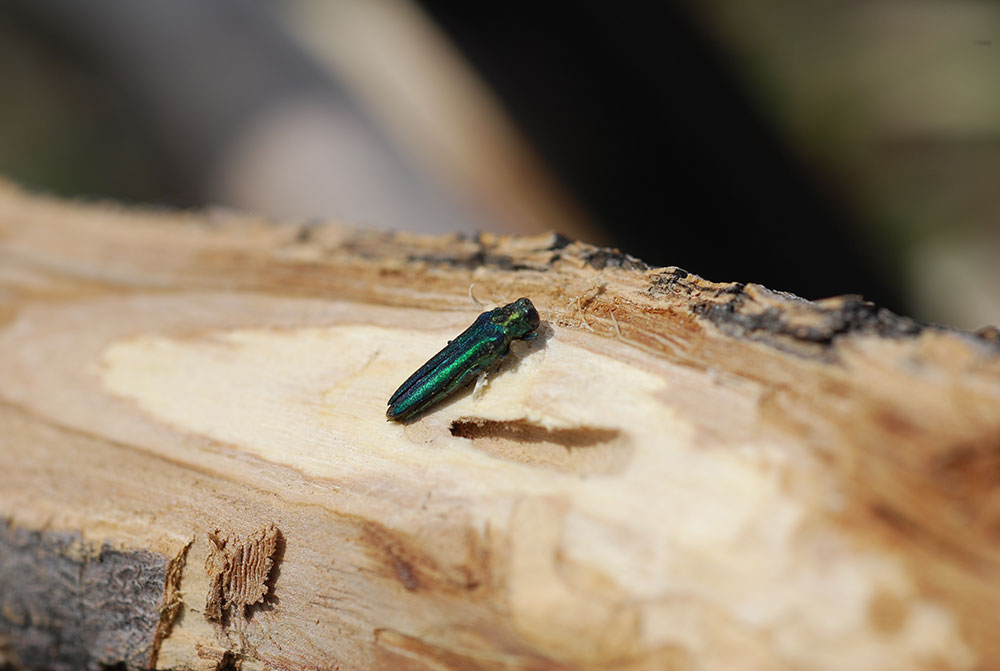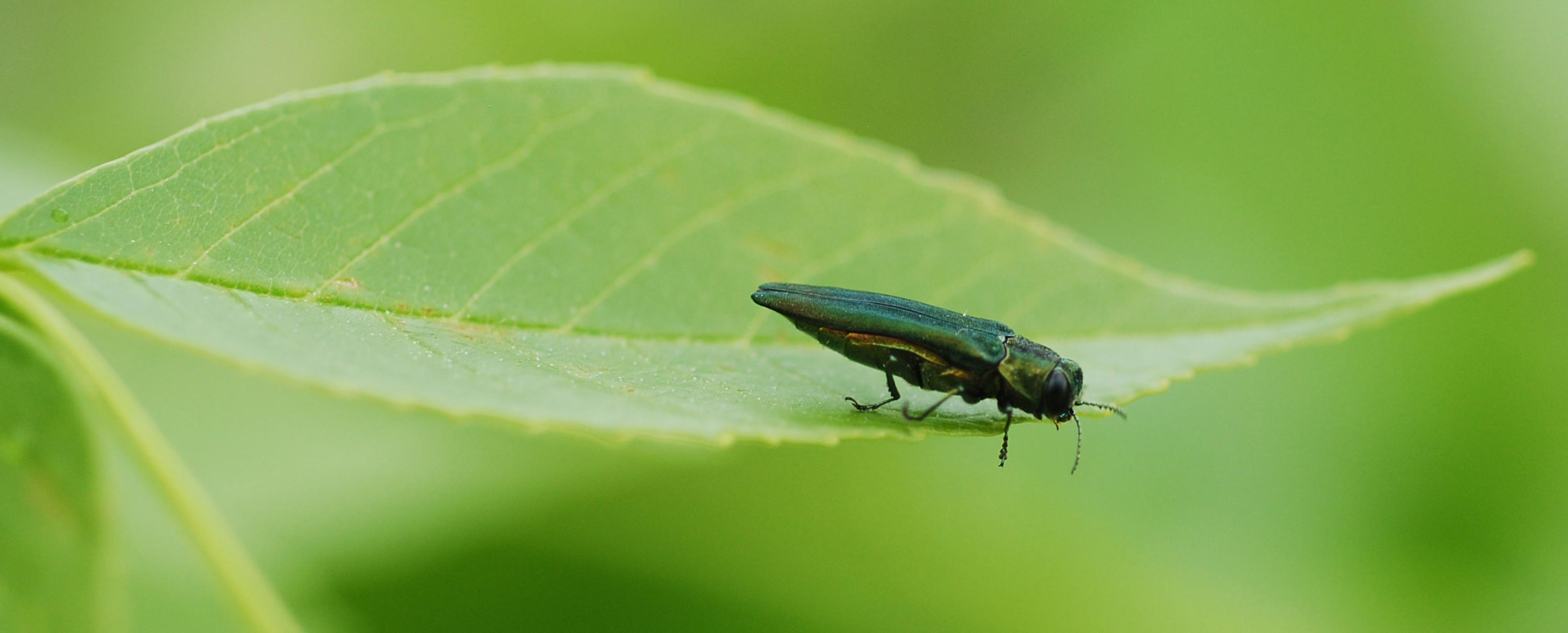Emerald Ash Borer Detected in Superior, Colo.
SUPERIOR, Colo. – State officials have confirmed the presence of emerald ash borer (EAB), an invasive, highly destructive tree pest, in the Town of Superior in southeast Boulder County. This new detection is still just within a quarantine area established to try and prevent the human-assisted spread of EAB. However, it represents the fifth community with confirmation of EAB in Colorado outside the City of Boulder, where the pest was first detected in 2013.
An estimated 15 percent or more of all urban and community trees in Colorado are ash species susceptible to being killed by EAB – and a majority of these trees are on private land. There are 1.45 million ash trees in Metro Denver, and in the City and County of Denver specifically, one in six trees trees is an ash.
EAB attacks and kills both stressed and healthy ash trees and is so aggressive that trees typically die within two to four years after becoming infested. Additionally, it may be years before an ash tree shows signs of infestation, and by then it may be too late to save. That’s why the Denver City Forester is recommending the preemptive treatment of ash trees in the metro area.
The pest was confirmed in Boulder this week, shortly after Boulder County foresters identified a dead adult EAB on a trap the county had set – along with a dozen others in targeted areas – to detect for early infestation of the pest. This particular trap was located on public property along the Mayhoffer Singletree Trail, near the intersection of West Thomas and Third Avenue in Superior.



